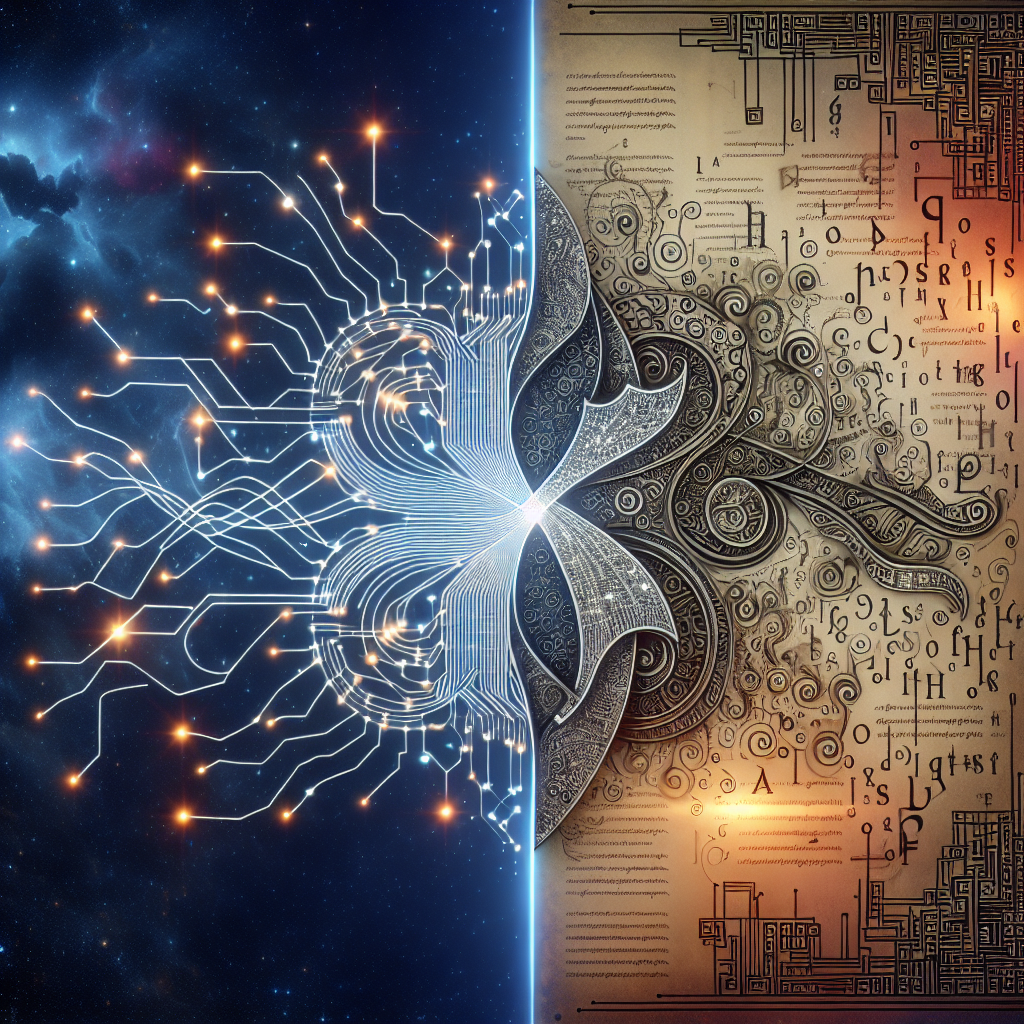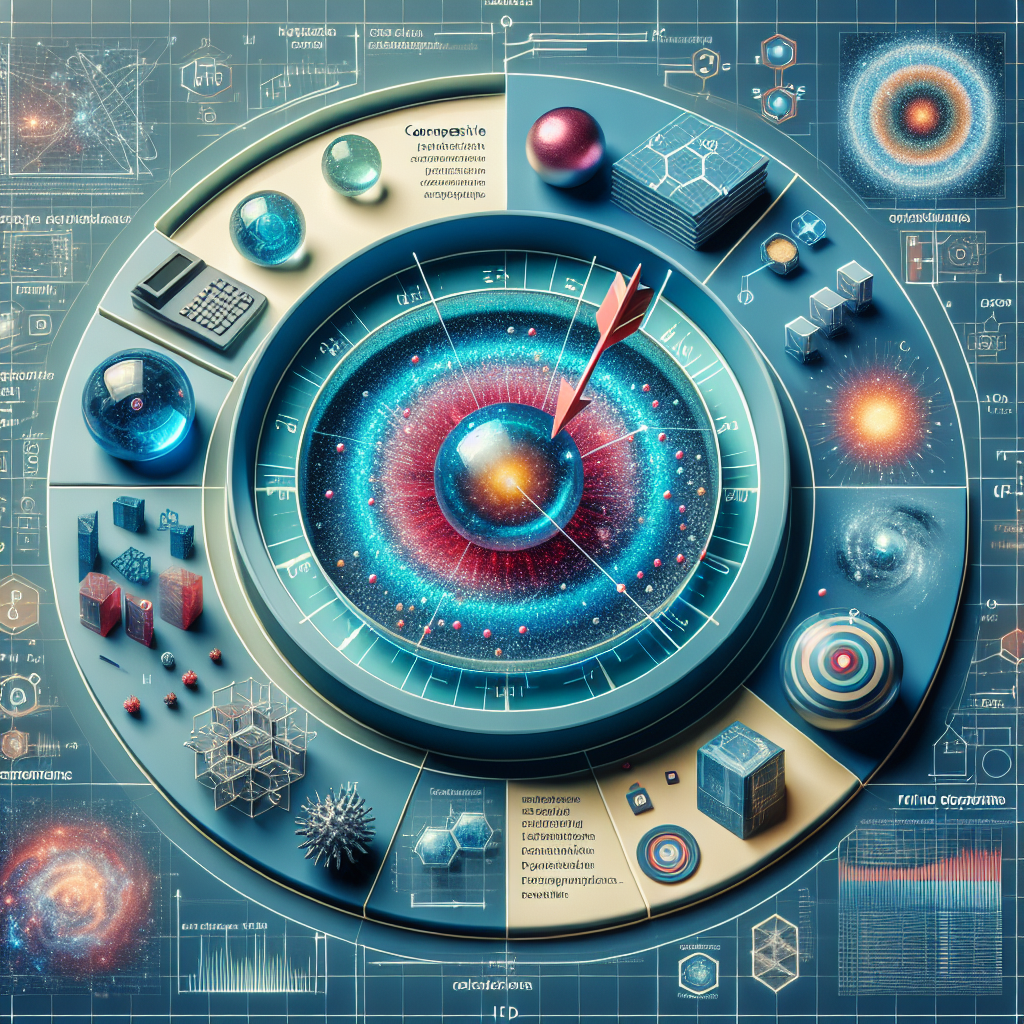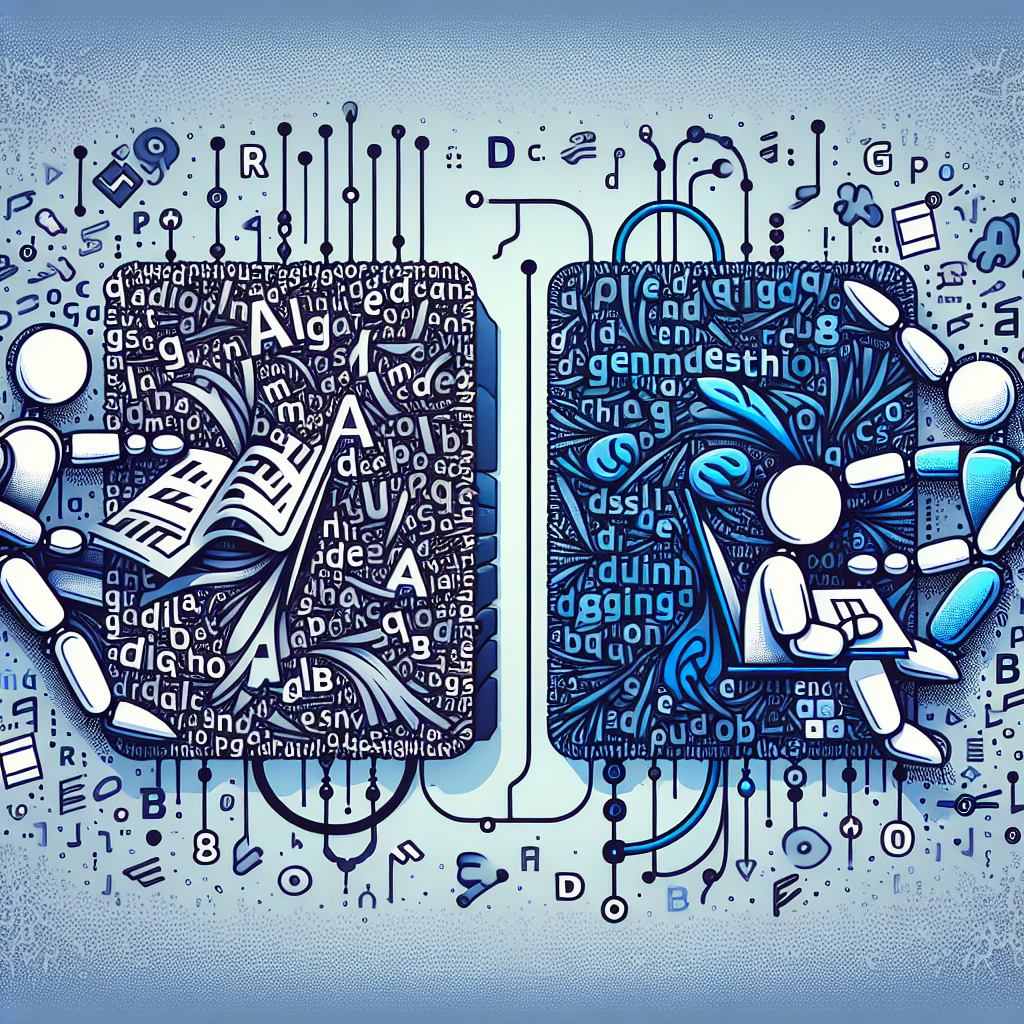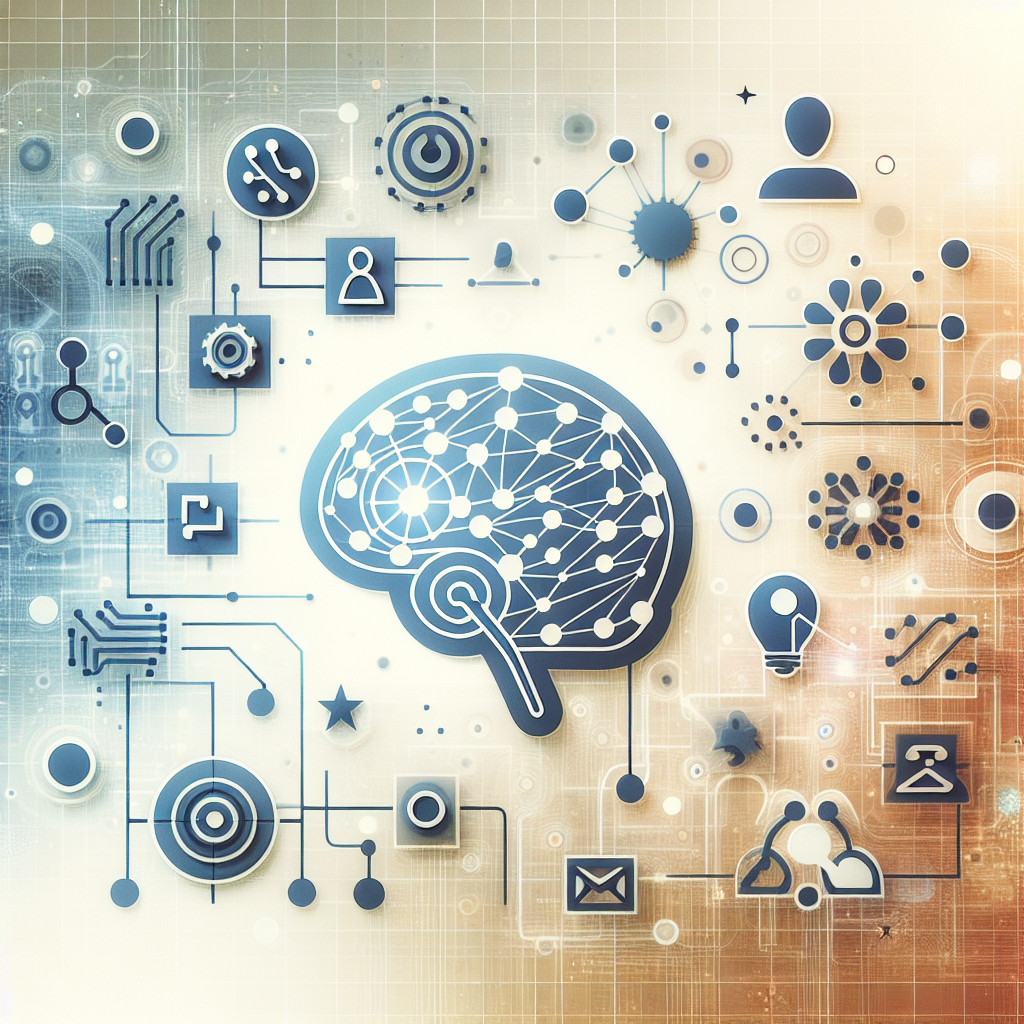This article appears in the February 2025 issue of The American Prospect magazine. Subscribe here.
The Sirens’ Call: How Attention Became the World’s Most Endangered Resource
By Chris Hayes
Penguin Press
In his 1890 work The Principles of Psychology, the philosopher William James observed that “my experience is what I agree to attend to.” James lived during the churn of the Industrial Revolution, a time when locomotives and telegraphs and other new technologies shrank the vastness of the world. But even James’s formidable imagination might have stalled at the thought of hundreds of millions of people carrying pocket-sized supercomputers that hijack the mind between breaths.
In The Sirens’ Call: How Attention Became the World’s Most Endangered Resource, MSNBC anchor Chris Hayes takes James’s insight and runs it through the gauntlet of the digital age. Attention, Hayes argues, is no longer just the fabric of experience—it’s the oil field of the modern economy, drilled, extracted, and sold until even the quietest corners of our consciousness feel the hum of the machinery of capital.
Hayes’s latest book is part warning, part philosophical inquiry, and a valuable contribution to a growing chorus of works that examines the enfeeblement of attention in the digital age. Tim Wu’s The Attention Merchants (2016) historicized how commercial interests have monetized attention, tracing the practice from 19th-century newspapers that peddled salacious or meretricious articles to the nano-targeting of modern social media platforms. Stand out of Our Light: Freedom and Resistance in the Attention Economy (2018), by James Williams, framed the struggle for attention as the prime moral challenge of our time. Williams, a former Google strategist turned philosopher, advocated for explicit ethical principles in a “Designer’s Oath,” a sort of Hippocratic Oath for technology developers. More recently, Scenes of Attention: Essays on Mind, Time, and the Senses (2023), edited by D. Graham Burnett and Justin E. H. Smith, took a multidisciplinary approach, examining the interplay between attention and practices like pedagogy, Buddhist meditation, and therapy.
Like the above authors, Hayes writes with the urgency of someone keenly aware that the fight for attention is, at its core, a fight for control over our inner lives. He underscores how attention underpins how we think, connect, and experience the world, from the relationships we nurture to the roles we inhabit as workers, consumers, and citizens. And there’s a personal side to it as well: As the host of a cable news show, Hayes admits that “every waking moment of my work life revolves around answering the question of how we capture attention.” Extricating ourselves from this attention carousel would not just rescue ourselves but our world; as Hayes writes, “those who successfully extract [attention] command fortunes, win elections, and topple regimes.”
ENRICHED BY A WEALTH OF HISTORICAL, empirical, and personal insights, The Sirens’ Call drops anchor first in the late 19th century, when the burgeoning fields of psychology and advertising began to wrestle with the mechanics of attention. Hayes finds fertile ground in the work of William James, who famously described attention as “the taking possession by the mind, in clear and vivid form, of one out of what seem several simultaneously possible objects or trains of thought.” To focus was to withdraw—turning away from the cacophony of competing stimuli to concentrate on what truly mattered.
Following James, later psychologists drew a line between voluntary attention—the deliberate focus we summon for reading, studying, or contemplation—and involuntary attention, which is transitory and reflexive, seized by sudden noises or flashing lights. Hayes also devotes an entire chapter to the idea of social attention, the fundamental need to be seen and acknowledged by others. We’ve all had a form of this experience: You’re at a party, half-listening to someone talk about their weekend, when suddenly you hear your name from across the room, instantly compelling your focus.
The modern attention economy thrives by exploiting both transitory attention—mindless scrolling and procrastination—and social attention, where the internet is like a giant cocktail party where the goal is to hear your name from across the room at every waking moment. Online advertising technology hoovers up vast amounts of individual data to craft highly specific ads that relentlessly target us with personalized messages. In this fashion, the attention economy transforms our innate impulse for connection and “recognition” (a term Hayes borrows from the philosopher Alexandre Kojève) into a mechanism for profit—and undermines our capacity for the sustained, top-down focus that drives creativity, relationships, and democratic engagement.
What would it take to shore up our attention in a world dominated by distraction?
In addition to individual attention, there’s collective, or public, attention. The collective gaze, Hayes argues, does not simply mirror shared values but reveals a battleground shaped by those who control the levers of attention. In one chapter, he draws a sobering contrast between the exhaustive search, in 2023, for the five passengers aboard the Titan deep-ocean submersible and the muted international response to a capsized migrant boat ferrying hundreds of men, women, and children. “Money follows attention,” he writes, “and the literal cost of a life depends in no small part on how attention-grabbing the death was.” This asymmetry, Hayes argues, is structural, a feature of an economy that rewards spectacle while muffling quieter, systemic crises. Far from leveling the playing field, platforms like X—purported engines of democratized visibility—magnify conflict, driving sensationalism to the forefront while less inflammatory truths dissolve into obscurity.
Hayes’s analysis is at its sharpest when he examines the structural design of our digital economy. In discussing social media feeds, Hayes notes that their interface mimics the mechanics of gambling devices: “The main perceptual structure of the most popular social media platforms, ‘the feed,’ moves like a slot machine—scrolling vertically, endlessly.” Wu, in The Attention Merchants, makes a similar point, noting the tendency of social media to dole out positive reinforcements at irregular intervals, hooking users on those ephemeral, virtual rewards. Hayes extends the metaphor, emphasizing that social media’s grip over users is rooted not just in randomness but in the perpetual, low-effort consumption it fosters in gapless hours. As he writes, these platforms “retain our attention via a structured form of constant stimulus, continuous interruption, never having to do much to hold our attention.”
The Sirens’ Call is particularly critical of Apple, which Hayes credits as the initiator of the current attention era, through the introduction of the iPhone in 2007. (As Hayes points out with some relish, Steve Jobs—who helped unleash the iPhone’s endless distractions—was notorious for his almost ascetic ability to guard his own attention, emphasizing that focus was defined by what one rejects.) Hayes also calls out Amazon—less a retailer than “an attention and logistics company.” On Amazon, a company’s position in search or control of the one-click “buy box”—in other words, getting the attention of customers—matters more than the quality or value of the product for sale.
IN AN ERA OF UBIQUITOUS SCREENS and relentless notifications, our ability to exercise volition over our own minds has been profoundly compromised. The result, Hayes suggests, is a kind of alienation that recalls Marx’s critique of labor under industrial capitalism. The factory floor, where workers once watched their physical effort morph into profit for someone else, now finds its spiritual successor in the infinite scroll. But the commodity here isn’t labor—it’s the fleeting coherence of our own minds.
Attention has never been leveraged so ruthlessly. We glance at a news article, flick to a video, check a notification—all the while ceding slivers of focus to advertisers bidding in algorithmic auctions we can neither see nor resist. If alienation in the industrial age estranged people from the products of their work, this new estrangement cuts deeper, fragmenting the self by siphoning away the quiet spaces where thoughts gather weight.
It’s a strange inheritance of the information age: The more seamlessly data flows, the more brittle and atomized our attention has become. Hayes suggests that the seamlessness itself is to blame. Mass culture once heavy with shared moments—Cronkite signing off, a nation tuned to the same prime-time sitcom—has splintered into a kaleidoscope of micro-engagements that compete for our attention. “Fractally reproduced subcultures” is Hayes’s resonant phrase: shards of attention aggregated into something that feels somehow less than the sum of its parts. It’s not just that we’re distracted; it’s that distraction is our reigning structure of feeling. While Hayes doesn’t reference it, Anna Kornbluh’s recent book Immediacy, or The Style of Too Late Capitalism offers a similar diagnosis, calling out instantaneity as the dominant feature of our social and economic interaction, and even our politics.
If there is a central tension in Hayes’s project, it lies in his willingness to implicate the very architecture that sustains his profession. The same networks that beam his monologues into homes on most weeknights are part of the sprawling apparatus that trades on attention. Yet this is precisely where Hayes sharpens his argument. He isn’t perched above the fray, decrying the scrolling masses for their Twitter habits—he’s lashed to the mast, white-knuckled against the same siren call.
Reflecting on the early days of his TV career, he vividly recalls the anxiety of seeing his ratings dip while other shows soared. The pressure to hold viewers’ attention led him to recognize how easily a craving for eyeballs can shape editorial decisions. “When you are most worried about losing attention, you get thirsty and desperate and try to grab viewers by the lapels,” he writes. Elsewhere, he reflects on how the omnipresence of screens in his home—cellphones, laptops, TVs—has warped his own habits, causing him to compulsively scroll his phone after work. “It’s a kind of attentional treadmill that is very, very hard to step off of,” he concedes. Whereas Hayes remembers a time when his family would come together to watch shows like Law & Order or The Simpsons, he now notices that during screen time, each of his children sits with a separate device, absorbed in their own bubble.
For all its careful attention to our attentional ailments, The Sirens’ Call is not without minor weaknesses. Hayes’s figuring of attention as a scarce resource—an idea that goes back at least to a 1971 lecture from Nobel Prize-winning economist Herbert Simon, which Hayes references—is not the most persuasive rhetorical move. While this framing aligns with economic logic—like any commodity in low supply, the value of attention rises because it is finite—it conflates the problem of limited attention with our ability to effectively manage and direct it. As the technology ethicist James Williams has argued, “the main risk information abundance poses is not that one’s attention will be occupied or used up by information … but rather that one will lose control over one’s attentional processes.” The issue, one might say, is less about scarcity than sovereignty.
Hayes’s optimism in the book’s final chapters also feels somewhat forced. He predicts the rise of “alternative attention products,” likening them to organic food or farmers markets. He points to the emergence of “dumb phones,” which have limited connectivity, as evidence of a growing resistance to the siren calls of Silicon Valley. Yet if the attention economy is really as pervasive and insidious as he claims, can niche solutions ever hope to compete? A quick glance at the sales figures for dumb phones—a fraction of the smartphone market—suggests otherwise.
What would it take to shore up our attention in a world dominated by distraction? On an individual level, one could do worse than follow the advice of Goethe, who admonished: “It is in self-limitation that a master first shows himself.” Limiting screen time, taking in the alpine air, or reading a bound book are all ways of erecting barriers between our attention and the “always on” continuity endemic to online existence.
But what of collective attention? Short of signing a declaration of un-allegiance to all social media platforms, how might a society cultivate shared attentiveness—a collective ability to hold space for each other’s thoughts and presence without the persistent tug of interruption? Toward the end of his book, Hayes identifies pockets of resistance to the attention economy in grassroots movements that reclaim individual and collective forms of attention. The Friends of Attention, whose ideas Hayes cites, calls in a manifesto for the emancipation of attention, which “must be sustained to the point of what appears like excess in any given situation.”
Beyond small-scale resistance, larger policy shifts and corporate reforms could recalibrate the relationship between technology platforms and their users. Tim Wu, for instance, has proposed restructuring social media giants like Facebook (now calling itself Meta) into public benefit corporations—a shift that would require these companies to prioritize social good alongside profit. James Williams has also advocated for structural interventions that reshape the incentives driving technology design, including redefining the purpose of digital advertising, embedding ethical considerations into the design process from the outset, and creating mechanisms for transparency and accountability that ensure platforms better align with users’ interests—not just their vulnerabilities.
Despite being short on policy prescriptions, The Sirens’ Call reminds readers that the reclamation of attention is both a paramount personal challenge—one that calls us to inhabit moments more fully and resist the pull of fragmentation—and an essential societal endeavor. This book deserves yours.
In today’s fast-paced world, it can feel like we’re constantly being pulled in all directions. From work deadlines to family obligations to social commitments, it can be overwhelming trying to keep up with everything. But what about the bigger picture? How are these demands impacting society as a whole?
The American Prospect explores the various ways in which Americans are being pulled in different directions, whether it’s politically, economically, or socially. From the growing divide between the wealthy elite and the working class to the increasing polarization of political parties, it’s clear that our society is facing some major challenges.
But amidst all the chaos and confusion, there is hope. The American Prospect also highlights the ways in which individuals and communities are coming together to create positive change. Whether it’s through grassroots organizing, advocacy work, or simply reaching out to our neighbors, there are countless ways in which we can make a difference.
So the next time you feel like you’re being pulled in all directions, remember that you’re not alone. Together, we can work towards a more just and equitable society for all. Let’s continue to push forward and create a better future for ourselves and future generations.
Tags:
Pulled in All Directions, American Prospect, political commentary, current events, liberal perspectives, American politics, opinion piece, socio-political analysis, progressive journalism, media critique
#Pulled #Directions #American #Prospect























